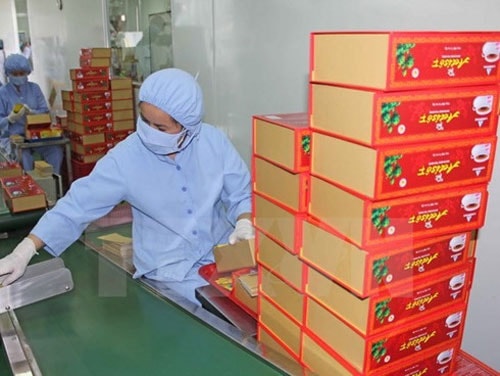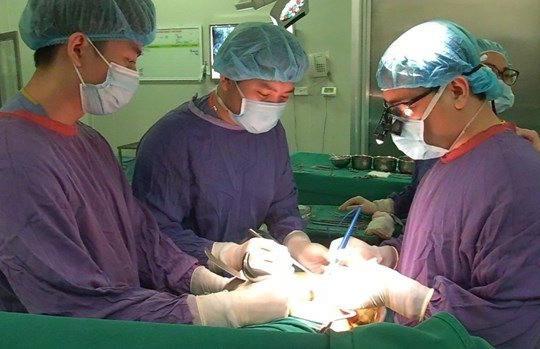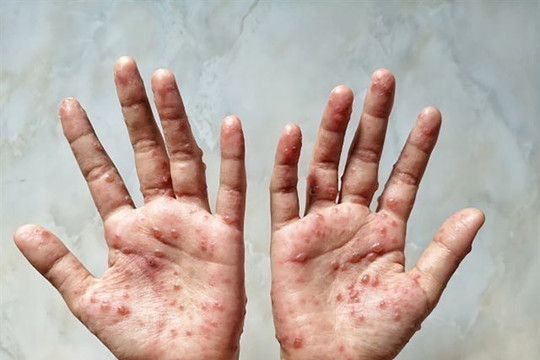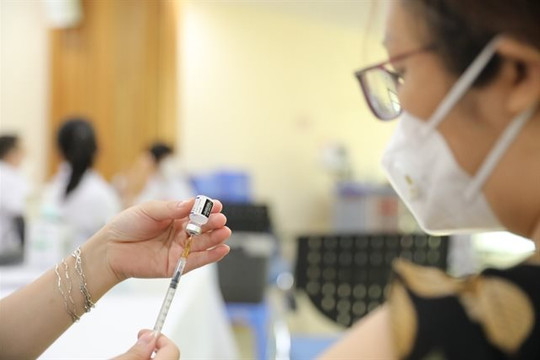 |
According to the
Ministry of Health’s medicinal materials institute, Vietnam is home to 3,984
types of medicinal plants, 408 species of medicinal animals and 75 kinds of
medicinal minerals.
The country boasts about 322 drug producing facilities, including 20 meeting the
World Health Organisation (WHO) standards.
The institute is building some specialised areas to grow medicinal plants in
northern provinces such as Bac Giang, Yen Bai, Tuyen Quang, Vinh Phuc and Lao
Cai, while providing technical transfer in line with conditions in each
locality.
It has put forth projects to help local farmers develop particular medicinal
plants such as ginseng (Kon Tum), artichoke (Lai Chau and Lao Cai), purple
amomum (Thai Nguyen), moringa (An Giang), araliaceous (Lao Cai and Ha Giang),
red multiflorous knotweed (Lao Cai and Ha Giang), codonopsis (Quang Ninh and
Thanh Hoa), and crocus (Quang Ninh).
Vice Secretary of the Ha Giang provincial Party Committee and Chairman of the
local People’s Committee Nguyen Van Son said the cool weather with high humidity
in Ha Giang plateaus are suitable to develop medicinal plants with high economic
values.
In Quang Ninh province, growing medicinal plants is bringing a stable income for
household businesses and cooperatives.
Despite the advantages, the development of domestic medicinal material in recent
years is facing a number of difficulties due to excessive exploitation without
paying attention to preserving and protecting medicinal resources.
Many valuable medicinal species are on the brink of extinction. The production
of medicinal materials at home is on small scale and unstable, while the
management of medicinal materials has yet to receive due attention, resulting in
waste and losses.
Given the fact, the institute proposed the Government focus on directing the
implementation of the national master plan to develop medicinal materials until
2020 and with a vision towards 2030.
It called on the health sector to improve mechanisms and encourage scientists to
make significant contributions to developing medicinal materials.
It is advisable to set up strong and capable centres to develop high-quality
medicinal varieties.
Vietnam uses around 60,000 tonnes of medicinal materials on an annual basis,
80-85% of which are imported, mainly from China , according to head of the
Ministry of Health’s traditional medicine management department Pham Vu Khanh.
The import of medicinal materials without clear origins should be promptly
addressed, he said, adding that every week, close to 300-400 tonnes of medicinal
materials are imported from China via the Chi Ma border gate in the northern
province of Lang Son.
VNA




















.jpg)





.jpeg)

.jpeg)


.jpeg)


